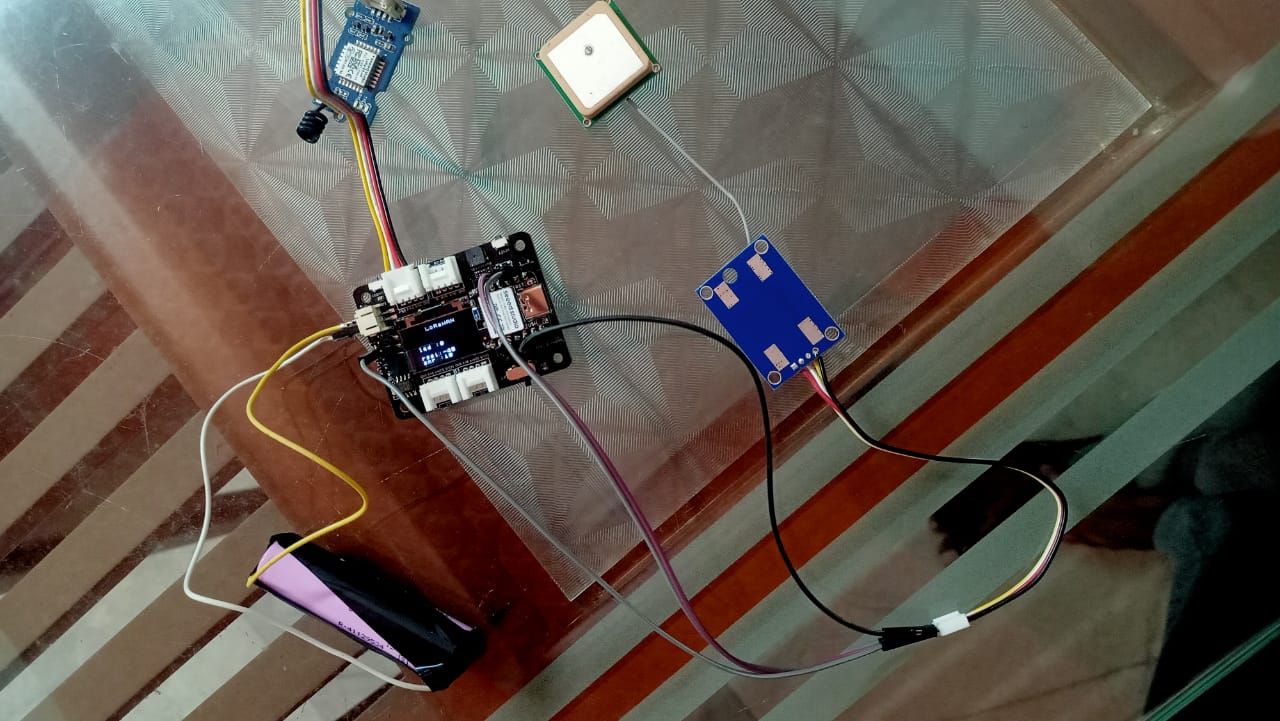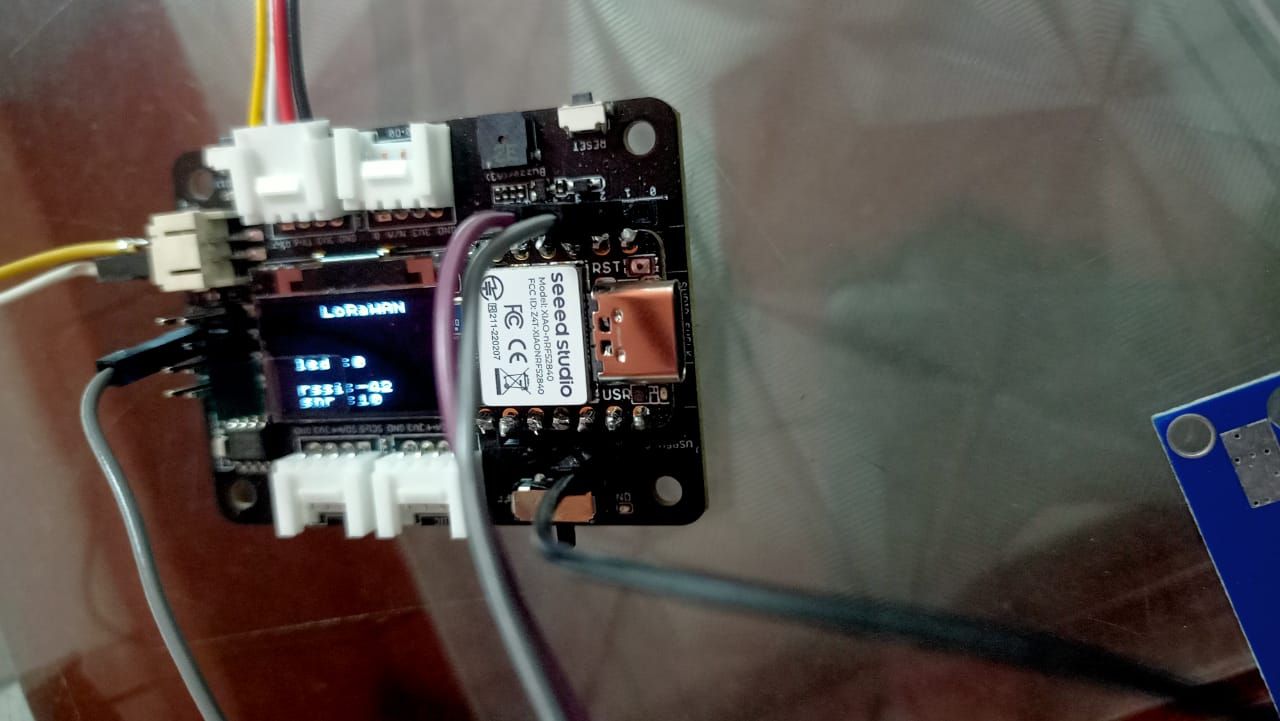IoT Cloud Service.
-
@swalahamani thank you
-
@salmanfaris thank you
-
@Abhay
How can we store data generated from IoT devices to cloud and blockchain.As salman bro has told there are many ways to upload data to cloud like gcp, amazon s3 buckets and many more. But, I would suggest you to facilitate us with more details like what is the application that you are using to upload the data whether it's a temperature values from a DHT sensor or kinda stuff.
Because, there are many simple and as complex ways to upload the data. If you are in the idea of using a laptop or a system with an internet connection at the project area then I would suggest you to go with Adafruit IO cloud services. You don't have to use any external shields or wifi modules to do this. You can use a simple python script running over your laptop that reads the values from the arduino and pushes them to the cloud.
Adafruit IO is super easy to use for the beginners and flexible due to it's API. If you don't have to use a laptop then grab nodeMCU which has an on-board WiFi module that connects to nearby WiFi networks and uploads the data. The Adafruit IO has pretty good interfaces for Data visualization. Check out their website https://io.adafruit.com/
-
@kowshik1729 we are trying to store readings from vehicles like to blockchain. For the purpose of securly recording the data which can be further used for forensics. But before implementing it with blockchain we are trying to learn how to store these data to cloud. As a first step we are thinking to use arduino or rasberry pi to learn things. Later moving to NODEMCU.
-
@Abhay I would like to specify some things. As you told you are in prototyping stage and your project obviously involves sensors, my suggestion is to go with any MCU's like arduino or Nodemcu kinda stuff.
Because raspberry pi can be used only when you need a replica of functionality that a computer gives. So, I suggest you to take up MCU's like nodeMCU, ESP32 and if I'm correct there is a variation of Arduino with an inbuilt esp8266 wifi chip over it. I'm sure there is one like that. Incase of any change in the functionality of the project you can go on with your own method. This is just a suggestion.
Happy making...!!
-
@kowshik1729 thank you, for the suggestion. Its informative.




